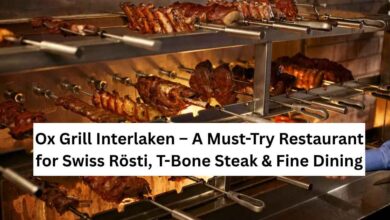Top Swiss Biscuits You’ll Love – Sweet & Crispy Delight
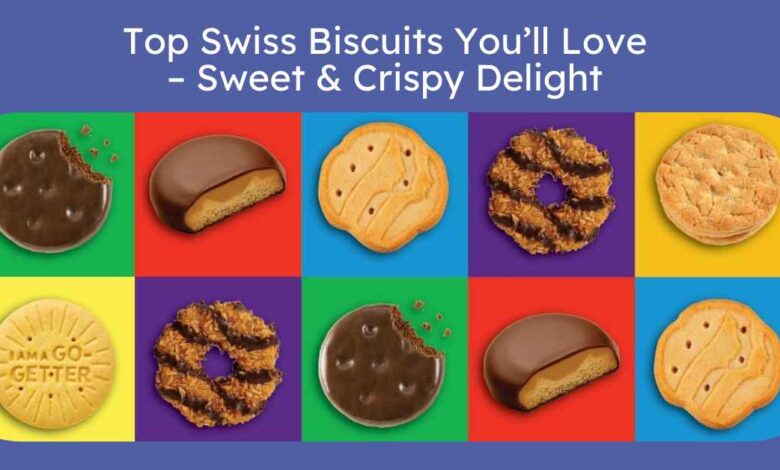
When you think of Switzerland, the first thing that comes to mind is usually Swiss chocolate. But there’s another side to Swiss sweets that is just as traditional and deeply loved: Swiss biscuits. From buttery shortbreads baked in Graubünden to chewy gingerbreads from Basel, these little treats tell the story of Switzerland’s regions, festive traditions, and culinary creativity.
The Tradition of Swiss Biscuits
Biscuits, or Guetzli in Swiss German, play a central role in the country’s festive traditions. Especially during Christmas, Swiss homes fill with the smell of cinnamon, nuts, and butter as families prepare their favorite recipes. Historically, white flour was a luxury in regions like Graubünden, where wheat didn’t grow easily. That’s why biscuits were often reserved for Christmas or special occasions, and today you can easily find the ingredients for them in the top supermarkets in Switzerland, making these festive treats more accessible than ever.
Famous Swiss Biscuits and Their Origins
Here’s a journey through Switzerland’s most iconic biscuits, from the Alps to the cities.
Grassins (Bündner Butterguatzli)
Originating in the Engadine region of Graubünden, Grassins are buttery shortbreads, often heart or star-shaped. Closely related to Mailänderli, they’ve been baked since the 19th century and appear in early cookbooks. Variations include cinnamon or clove spices, giving them a warm Christmas flavor.
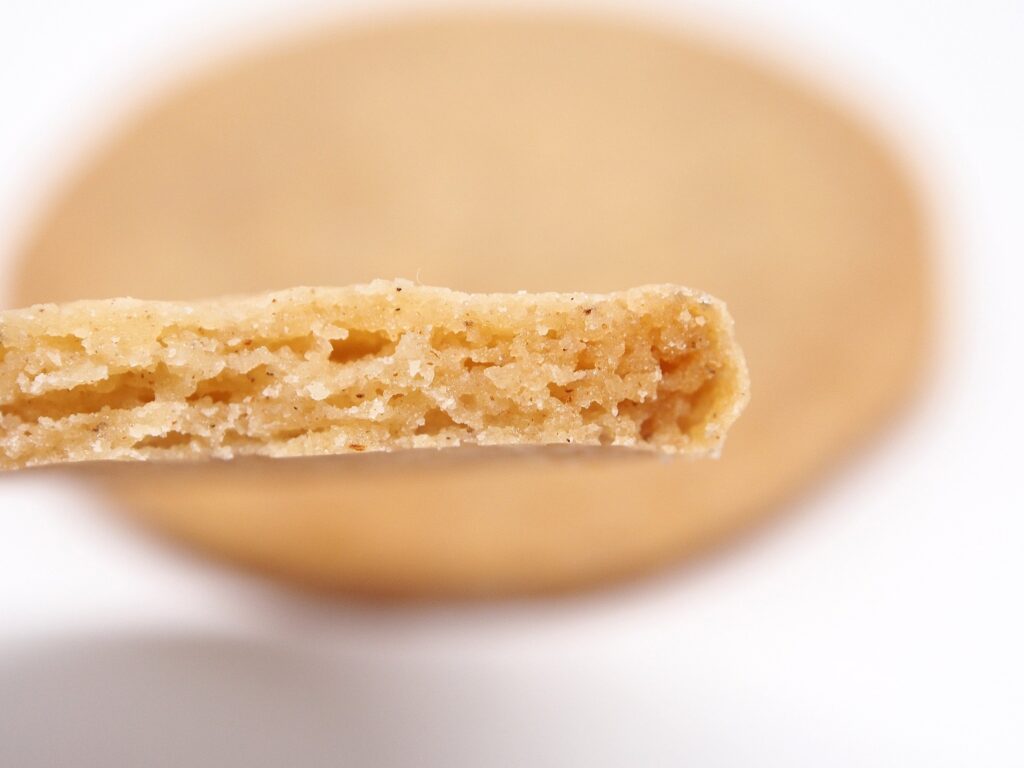
Mailänderli
Perhaps the most famous Swiss Christmas biscuit, Mailänderli are buttery, lemon-scented cookies often cut into stars or bells. They’re a staple across Switzerland and one of the first biscuits children learn to bake.
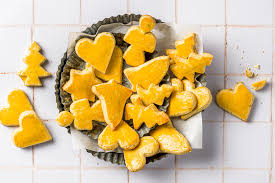
Spitzbuebe
Known as the “cheeky boy,” these jam-filled short pastries are made by sandwiching two biscuits, the top one with cut-out holes to reveal the filling. Popular year-round, they shine particularly at Christmas markets.
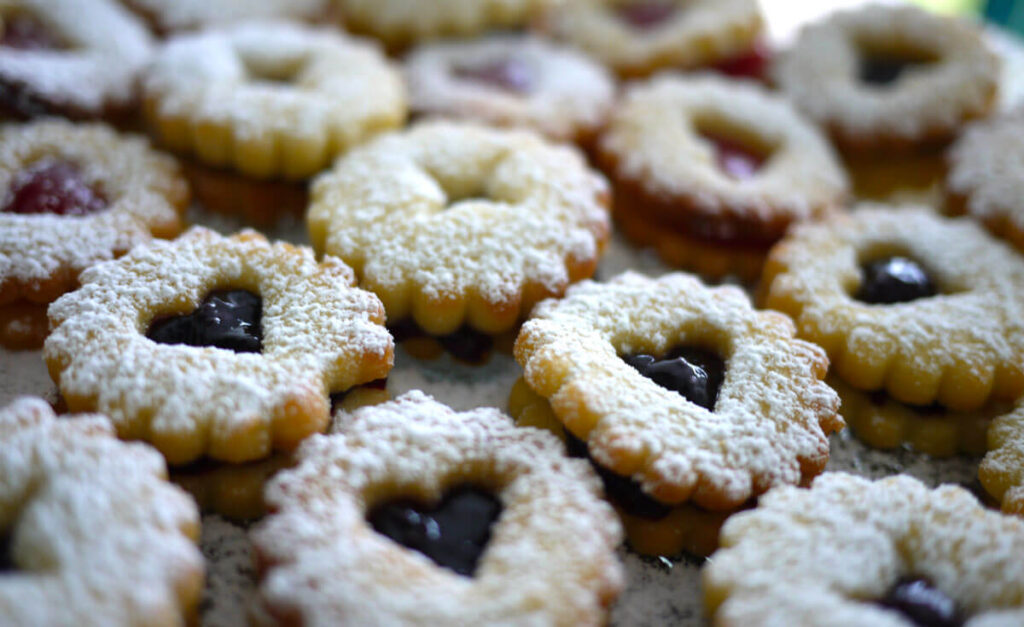
Basler Läckerli
From Basel, this chewy honey and nut gingerbread is sugar-glazed and famously tough on teeth. Dating back to the 15th century, Basler Läckerli is still sold in dedicated Läckerlihuus shops and supermarkets nationwide.
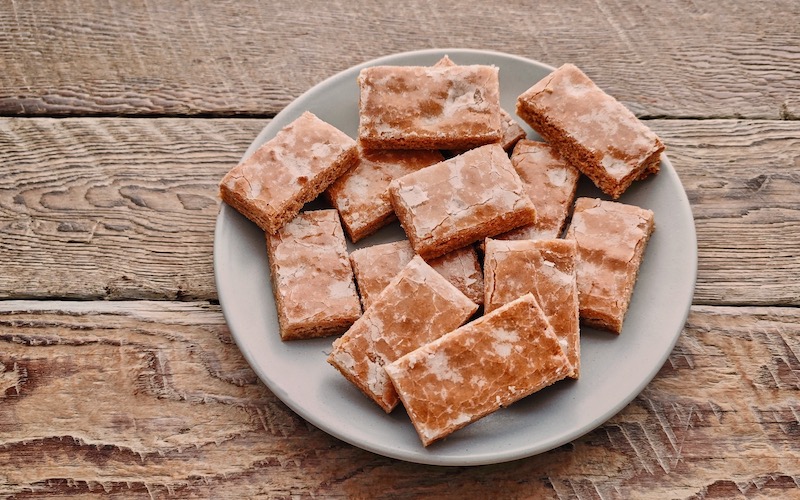
Biberli
Originating in Appenzell, Biberli are two layers of gingerbread filled with honey and almond paste. They’re practical hiking snacks due to their long shelf life and dense calories.
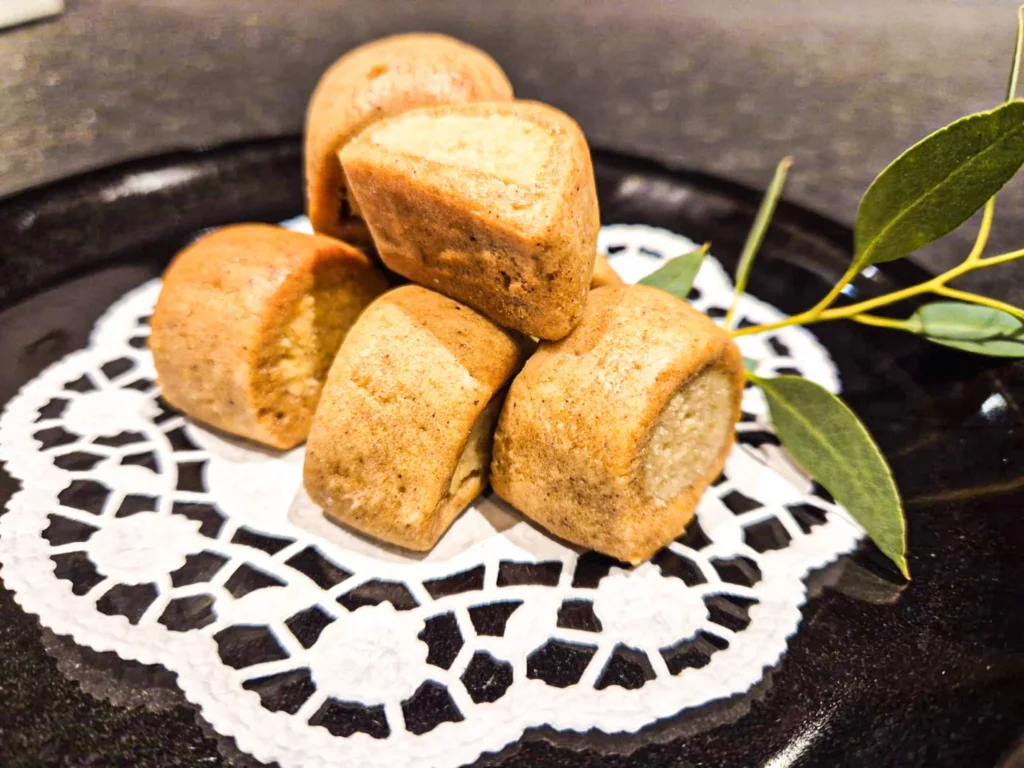
Bündner Nusstorte (Engadiner Nusstorte)
A Graubünden specialty, this nut tart combines caramelized walnuts, honey, and pastry. Known as turta da nusch grischuns in Romansh, it’s rich, filling, and beloved as both a souvenir and Christmas treat.

Willisauer Ringli
These rock-hard cookie rings from Willisau (near Lucerne) are famous for their unique tradition: you can either soften them in coffee or crack them with your elbow using the “Ringli method.”
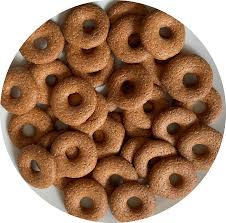
Totenbeinli
Literally meaning “legs of the dead,” these nut bars were historically served after funerals. Hard and crunchy, they’re often dipped in coffee.
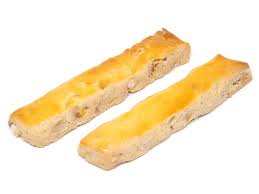
Vogelnestli
Translating to “little bird’s nests,” these biscuits combine short pastry with a jam-filled hazelnut rim both festive and elegant.

Bärentatzen
Shaped like “bear claws,” these cocoa biscuits are sweet, soft inside, and still popular in supermarkets.
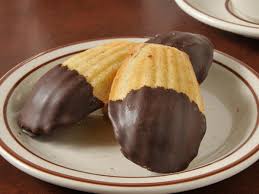
Schümli
These delicate chocolate meringues, nicknamed “foamies,” are airy and light, often served alongside mousse or fruit salads.
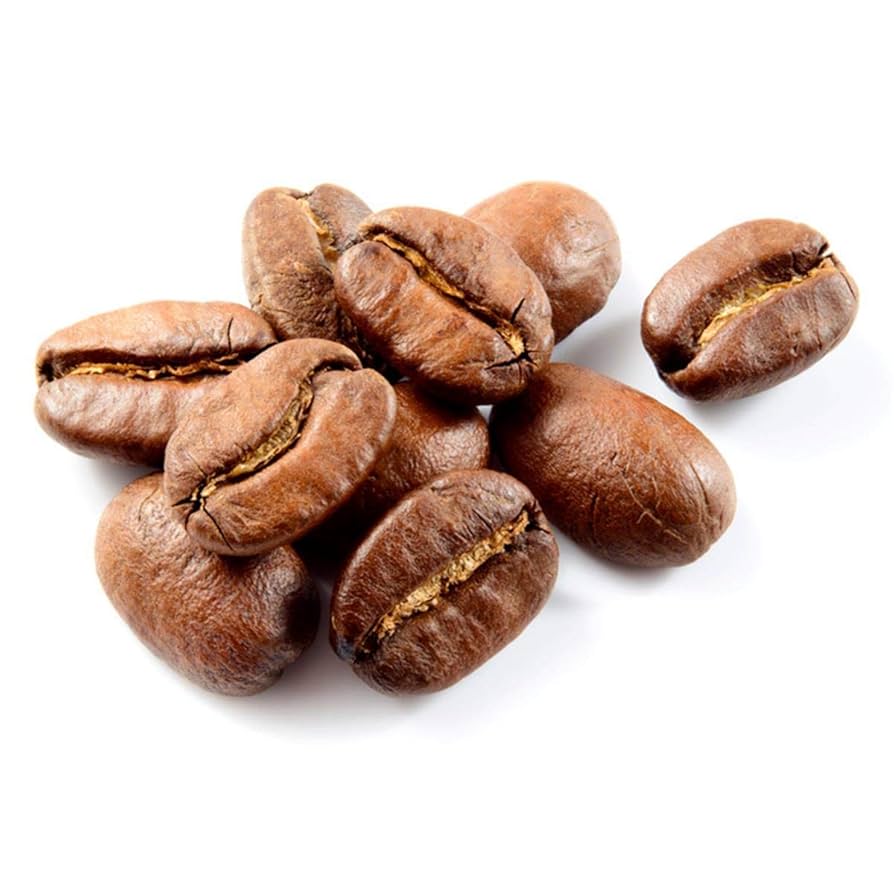
Magenbrot
Despite its odd name (“stomach bread”), Magenbrot is a soft spiced biscuit sold at fairs in pink paper bags. It includes cacao and stomach-friendly spices, making it a nostalgic festival snack.
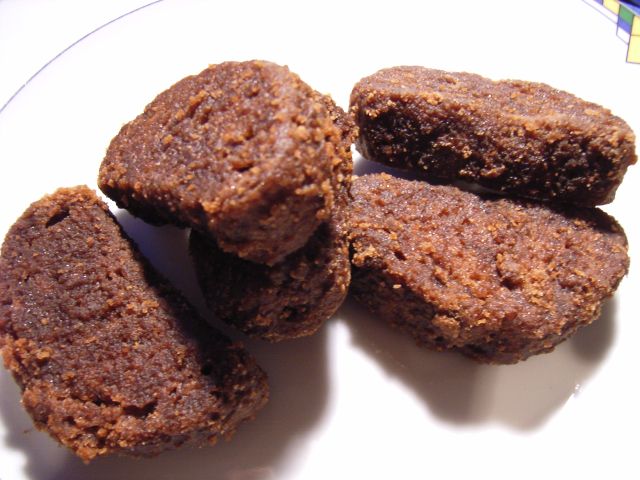
Gebrannte Mandeln
While not strictly biscuits, these candied almonds are part of Swiss fairground culture and always found near Magenbrot stalls.
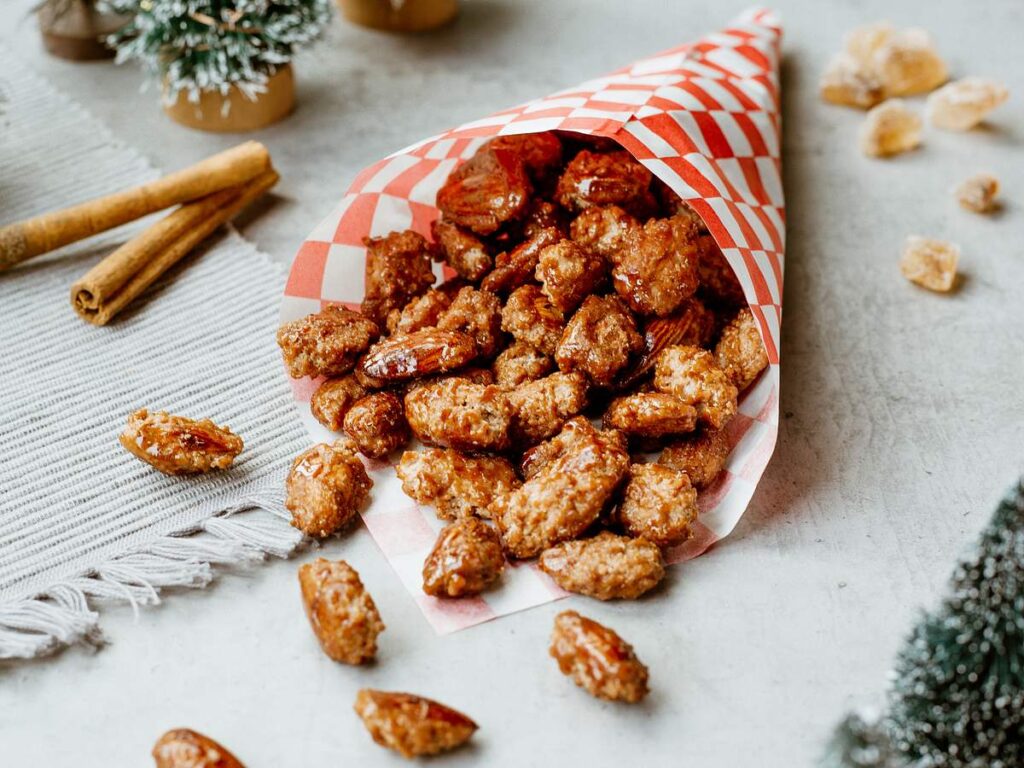
Kägi Fret
These chocolate-covered wafer biscuits, invented in Toggenburg, are hiking staples and come in flavors from coconut to matcha.
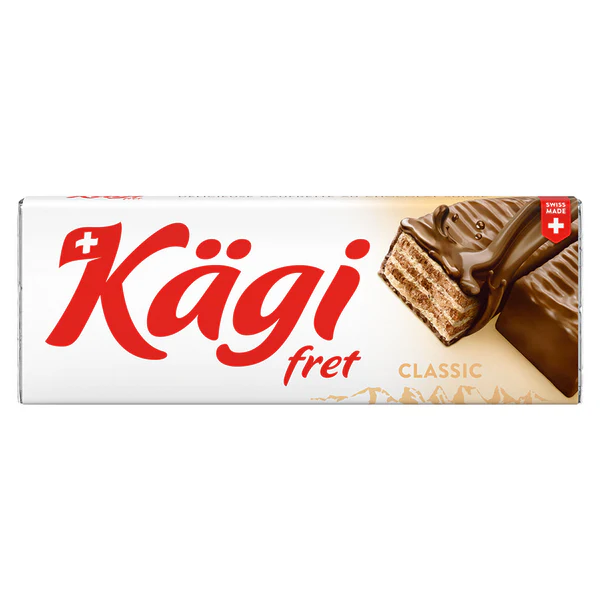
Weggli und Brügeli
A childhood snack combining a white bread roll (Weggli) with a small chocolate bar (Brügeli). While simple, it’s iconic in Swiss culture.
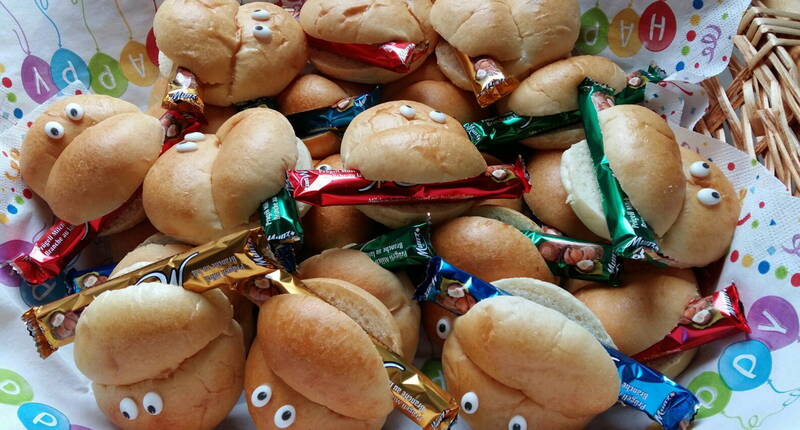
Berliner
Borrowed from German tradition, these jam-filled doughnuts dusted with sugar are beloved in bakeries across Switzerland.
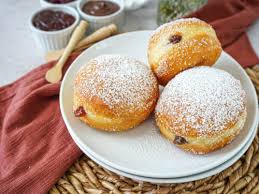
Birewegge
A pastry roll filled with dried pears, nuts, and sugar, Birewegge is another high-energy hiking snack rooted in Swiss farming culture.
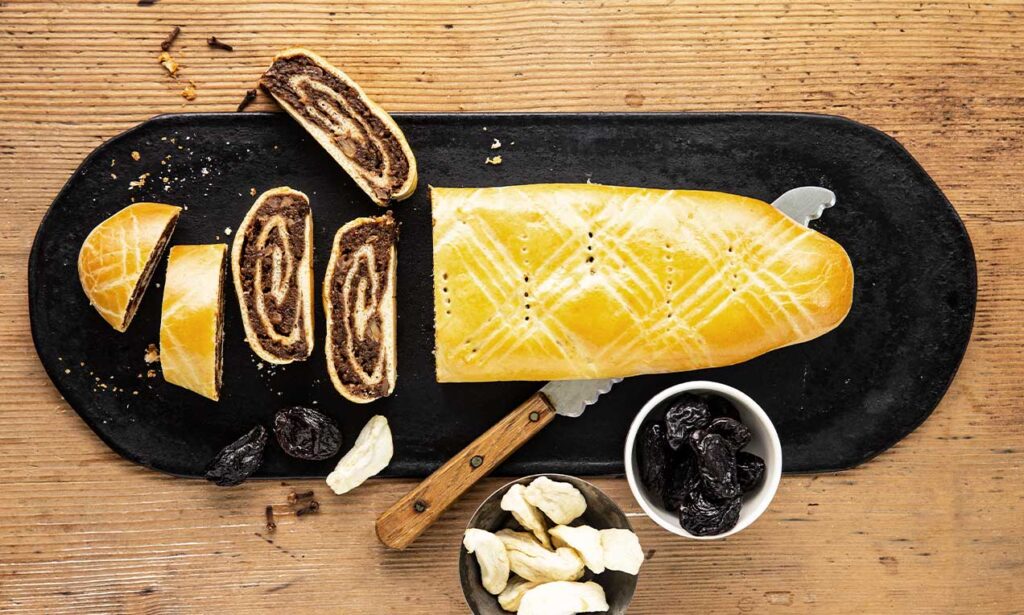
Nussgipfel & Mandelgipfel
Croissant-like pastries filled with nuts (Nussgipfel) or almonds (Mandelgipfel). Common in bakeries, they’re perfect for breakfast or coffee breaks.
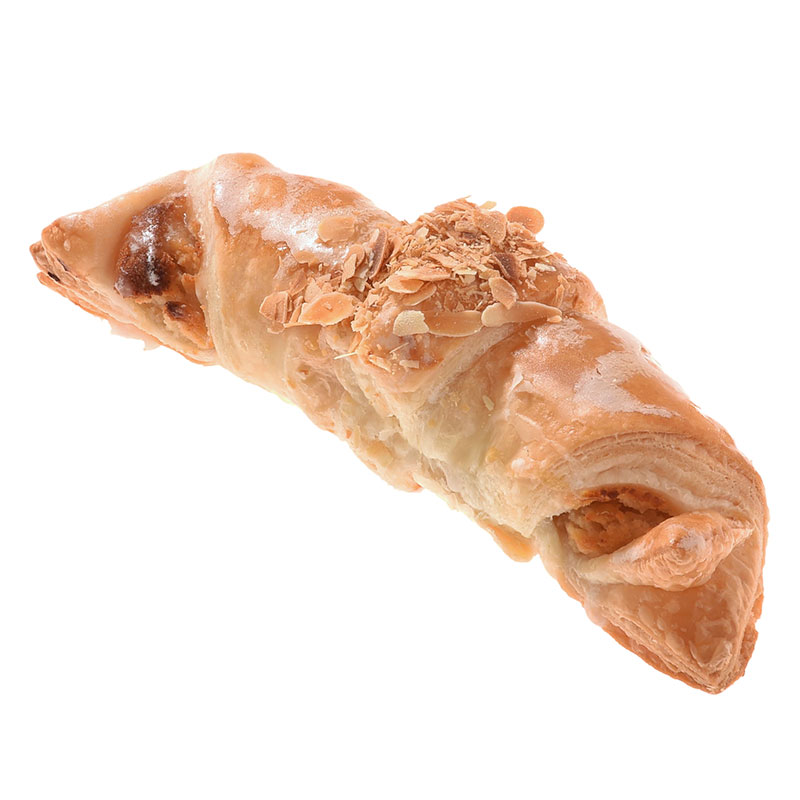
Speckmocken
A cousin of Nussgipfel from Appenzell, this pastry looks like bacon but is 100% vegetarian, filled with nuts and spices.
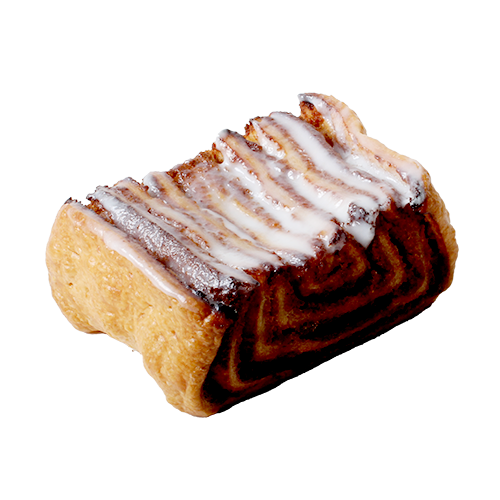
Vermicelles
Made of sweetened chestnut puree piped to resemble spaghetti, Vermicelles is served with whipped cream and meringues a popular autumn dessert.

Cremeschnitte & Cremerolle
Cremeschnitte is a layered puff pastry with vanilla custard and glaze delicious but messy. Cremerolle is a more elegant cone-shaped version that’s easier to eat.
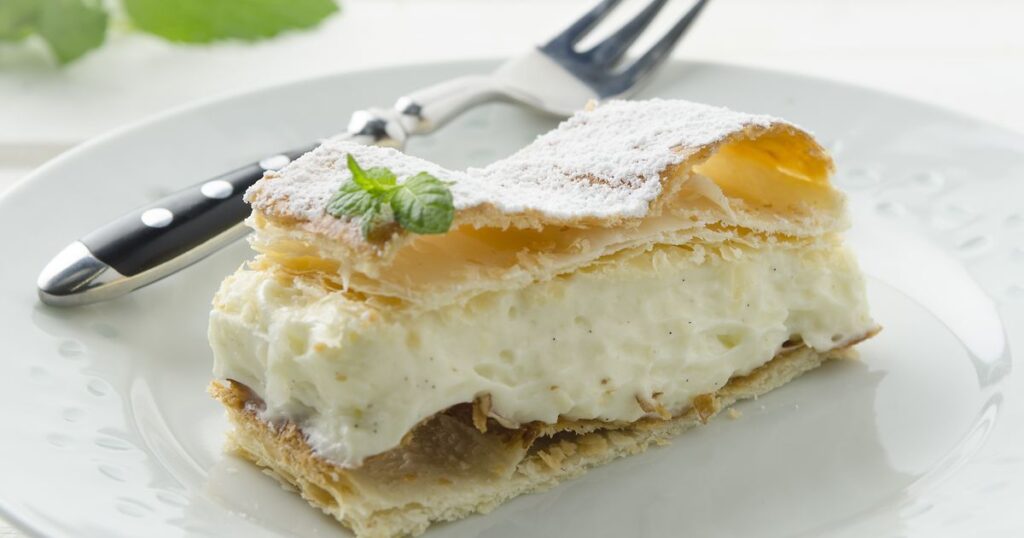
Recipes and Festive Baking
While Swiss supermarkets are full of biscuits, homemade baking remains a cherished tradition. Families gather in December to make trays of Mailänderli, Grassins, and Spitzbuebe. Ingredients are simple flour, sugar, butter, nuts, eggs but the flavor comes from spices like cinnamon, cloves, and vanilla.
Example: Grassins with Cinnamon (Engadine Style)
- 150g unsalted butter
- 125g sugar
- 1 tsp cinnamon, pinch of cloves
- 250g flour, 1 pinch of salt
Swiss Biscuits as Gifts and Souvenirs
Swiss biscuits aren’t just for eating at home they’re a popular gift idea. Packaged in tins or mason jars, biscuits like Spitzbuebe, Läckerli, or Kambly assortments make thoughtful souvenirs. Bakeries often sell seasonal boxes around Christmas, and factory stores like Kambly’s in Truebschachen let you buy fresh assortments at discounted prices.
Conclusion:
Swiss biscuits are more than sweet snacks they are pieces of culture, tied to regional identity, history, and tradition. From the simple buttery Grassins of Graubünden to the indulgent Luxemburgerli of Zürich’s Sprüngli, each biscuit tells a story. Whether you bake them at home, buy them at a Christmas market, or enjoy them on a hike, these treats are a delicious way to experience Switzerland beyond its famous chocolate.
FAQs About Swiss Biscuits:
Q: What is the most popular Swiss biscuit?
Mailänderli is the most widely baked Christmas biscuit, while Kambly is the most famous brand.
Q: Which Swiss biscuits are best for Christmas?
Spitzbuebe, Grassins, Basler Läckerli, and Mailänderli are classic Christmas choices.
Q: Where can I buy Swiss biscuits?
You’ll find them in bakeries, supermarkets, and factory shops (Kambly, Läckerlihuus, Sprüngli). At Christmas, markets across Switzerland also sell homemade versions.
